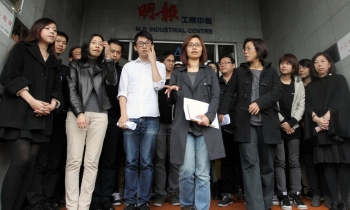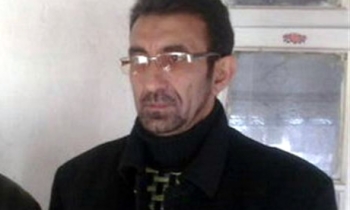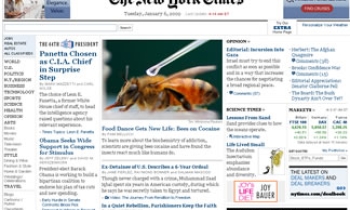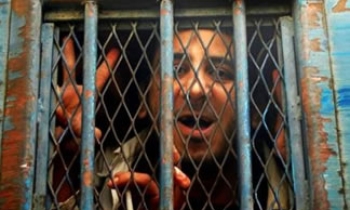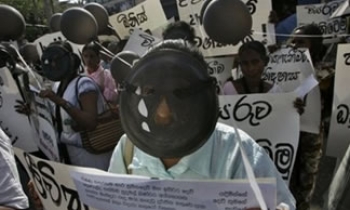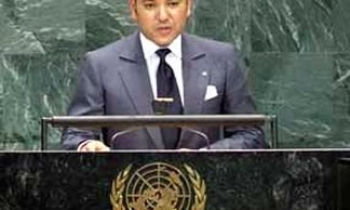A NEWSPAPER cartoonist has dared to defy a taboo on depictions of China’s leaders — and has had his wrist slapped.
Kuang Biao, who works for the News Express in the southern city of Guangzhou, has been suspended for a month for his cartoon, which showed a weeping Hu Jintao, the Chinese President.
Mr Kuang is allowed to continue to draw — but only under a pseudonym. He told The Times that he always worked under pseudonyms and said he would continue to work at the newspaper as editor of the cartoon page. “I will spend a month in self-reflection. I will pay more attention in future,” he said. His newspaper seemed to have taken the decision in a move aimed at protecting him from punishment by the powerful propaganda authorities in Beijing. Even though his cartoon was tame by Western standards and made no attempt to caricature the President, who is also the leader of the Communist Party, such depictions are unheard of in China.
The cartoon in Monday’s newspaper shows President Hu with a pen in one hand and a handkerchief in the other, tears streaming down his face in a moment of rare emotion. He is writing a letter of reply to the daughter of a Peking University professor who recently died of cancer aged 48, after refusing to abandon his post to seek treatment. The caption read: “President Hu was not only writing to the daughter, he’s also writing to all hard-working teachers around the country.” Mr Kuang defended his cartoon. He said: “Because cartoons of leaders are so rare, people are surprised to see them. But in my eyes it’s just a normal news cartoon.”
His drawing is a far cry from the political satire that permeates cartoons in the West. This is no caricature poking fun. It is a sympathetic portrait of a leader in tears. But it marks an astonishing precedent in China, where cartoons of leaders do not exist.
Fang Cheng, China’s doyen of cartoonists but now retired from the Communist Party mouthpiece, the People’s Daily, said that newspapers did not dare to depict China’s leaders in cartoons. He told The Times: “To draw leaders in an exaggerated or ugly way, the editors will think ‘How will the leaders regard this? Will they think it is a humiliation?’ ”
Mr Fang said that the cartoon had a history of 100 years in China, compared with 300 years in Britain and was popular only among an educated few. It is an art form, with a chequered history, that arouses strong emotions. During the ultra-leftist Cultural Revolution the cartoon was used to vilify leaders and officials purged by Chairman Mao. Mr Fang said the only leader of whom he had drawn a cartoon was President Liu Shaoqi , who was purged and left to die in the Cultural Revolution.
Mr Fang said: “In wartime, cartoons were used to show the wickedness of the enemy. Now people still think figures in cartoons are buffoons.”
But he was confident that humour was returning to Chinese cartoons, which may not be allowed to show leaders but frequently poke fun at corrupt officials or inept government.
The state-run China Daily yesterday ran a cartoon of an official painting half his office lights in black and calling his superior to say: “Sir, we’ve reduced power use by 50 per cent.” Mr Kuang said he believed the attitude to cartoons in China was changing. “For a long time people believed that cartoons were to ridicule, to mock, to criticise the target.
They don’t know that the real use of the cartoon is to reflect the news objectively.”
It may be years before political lampoons in the style of Ralph Steadman or Peter Brookes appear in the pages of the People’s Daily.

